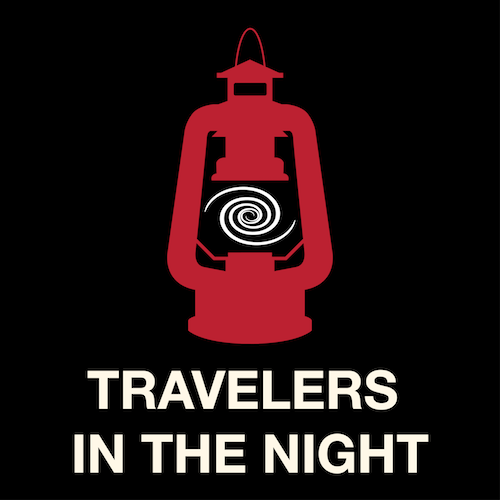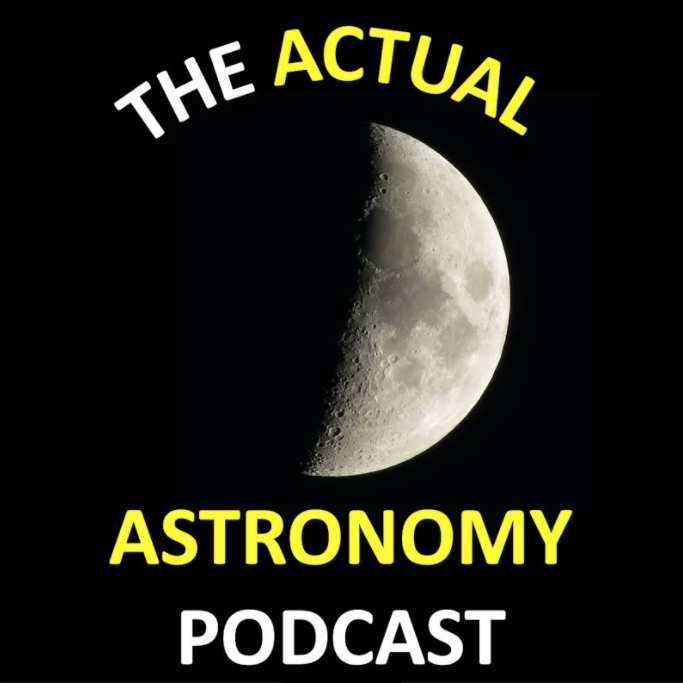Today @AwesomeAstroPod look at what makes the moon shine, why the moon looks different every night and how objects from dust and asteroids to stars and galaxies either reflect or emit their own light.


Today @AwesomeAstroPod look at what makes the moon shine, why the moon looks different every night and how objects from dust and asteroids to stars and galaxies either reflect or emit their own light.

This week we’re going to take things up a notch and talk about an even more extreme event. Rogue black holes. Astronomers recently discovered a supermassive black hole on an escape trajectory, leaving newly forming stars in its wake. It’s wonderful, terrible, nightmare fuel.

Today travelers in the Night discuss about long winters night good seeing for asteroid hunters makes new discoveries and about electrophonic meteors produce simultaneous light and sound

It seems like the good times will go on forever, so feel free to keep on wasting energy. But entropy is patient, and eventually, it’ll make sure there’s no usable energy left in the Universe.

An analysis of microscopic features in rocks from which date back between 3.75 and 4.28 billion years, finds evidence of possible microbial life

This month we’ll talk about the recent Aurora Borealis which lit up our skies. There will be a Penumbral Lunar Eclipse, however, this will be mostly a photographic event. We then go over some of the pairings of the Moon and Saturn then Jupiter is occulted (passed over) by the Moon

This month Awesome Astronomy News talk about new data on the M87 blackhole, the architecture of planetary systems, the hottest stars, an impact crater in France and how Mars might not have been oxygen rich.

What discoveries and insights made the biggest impacts in astronomy and physics? What were the biggest surprises? What results took the longest to achieve? I discuss these questions and more in today’s Ask a Spaceman!

Most stars in the Milky Way are trapped in here with us, doomed to orbit around and around and around. But a few have found a way out, an escape into the freedom of intergalactic space. How do stars reach escape velocity, never to return?

Today’s Travelers in the night will tell a story about carrying libraries of our planet’s DNA and the seeds of plants as connection between past life, the inorganic world, and future life. Also a search chemical signs of living organisms in exoplanet’s atmosphere